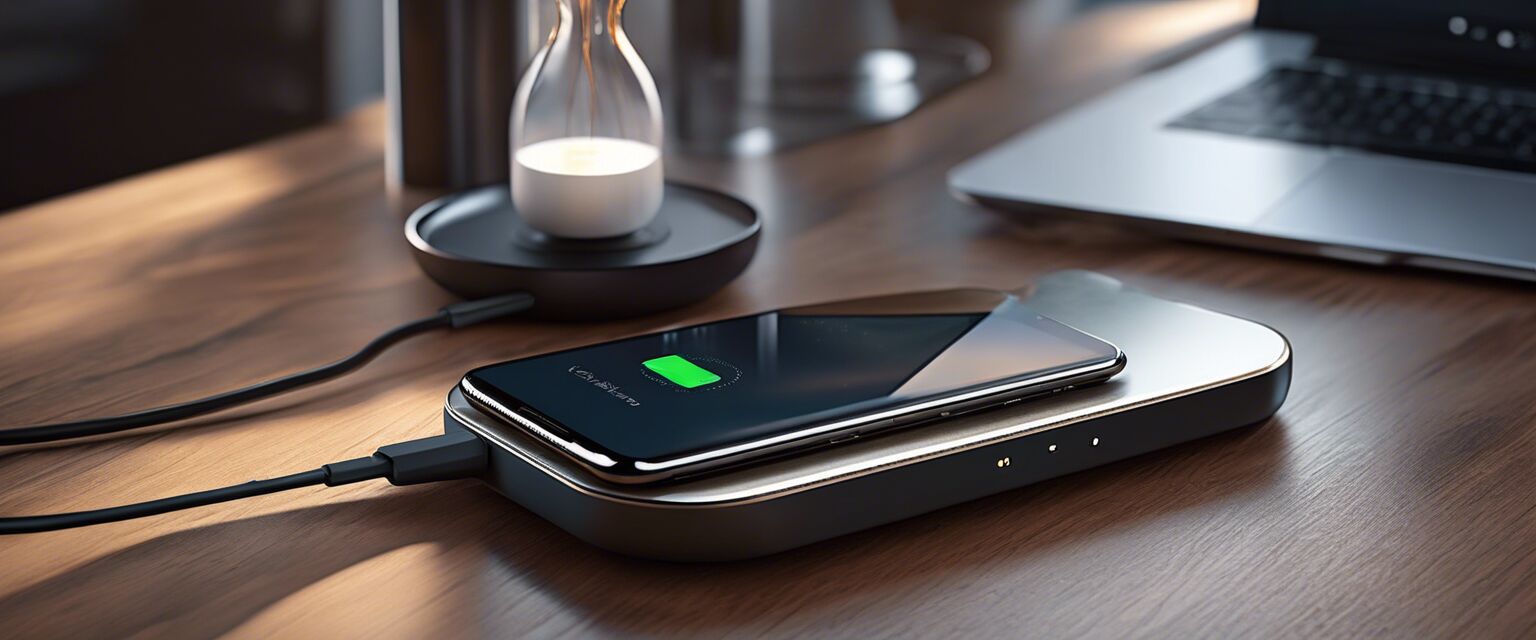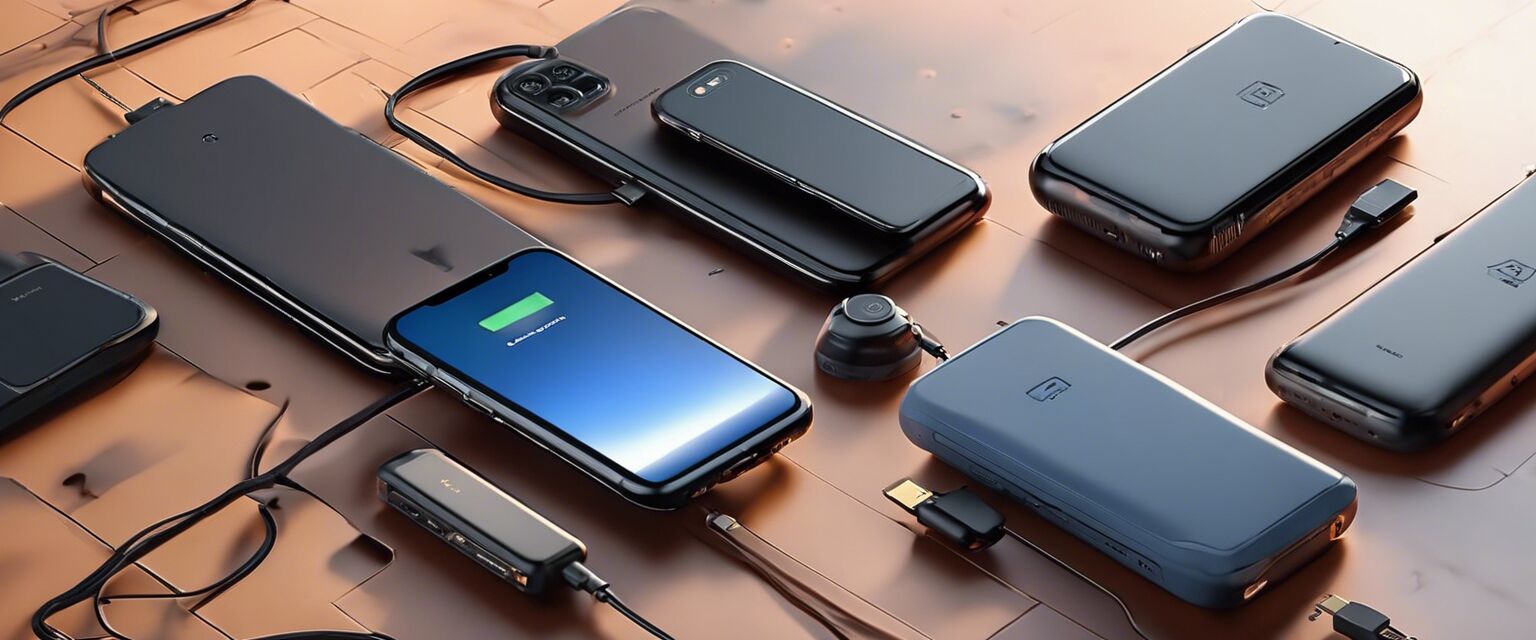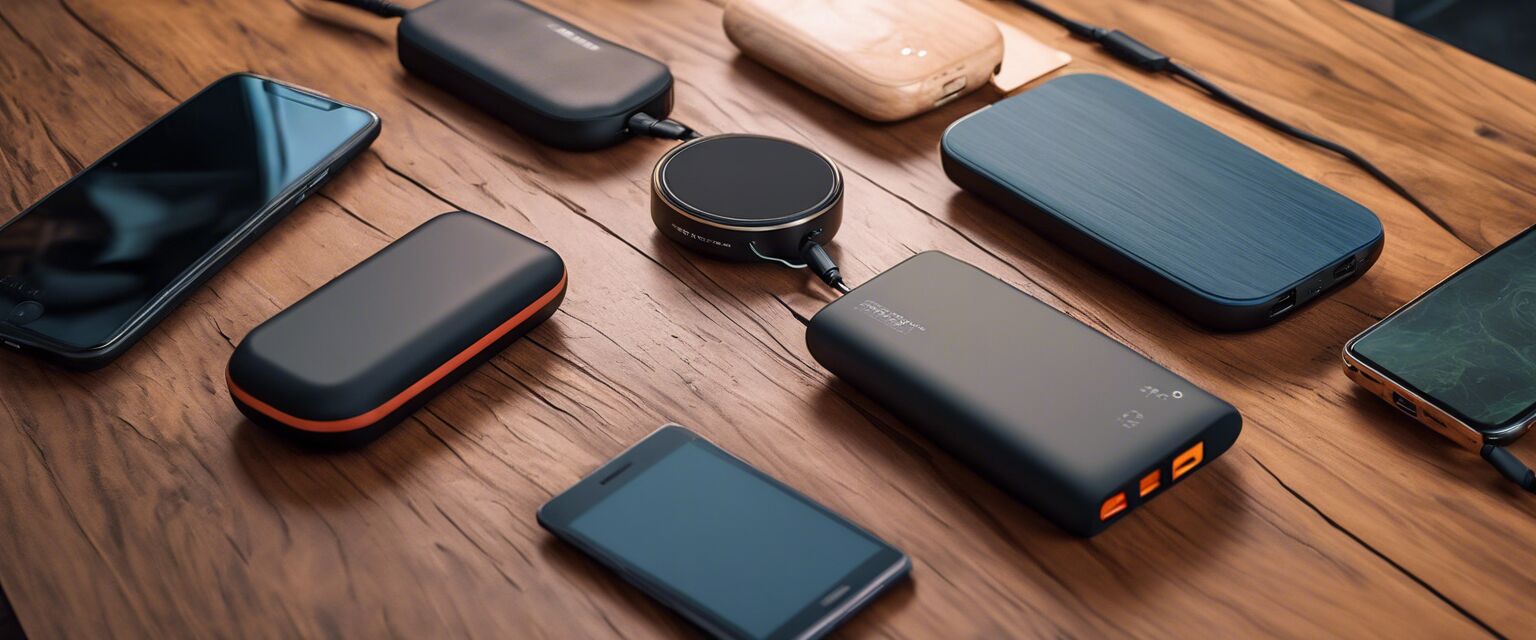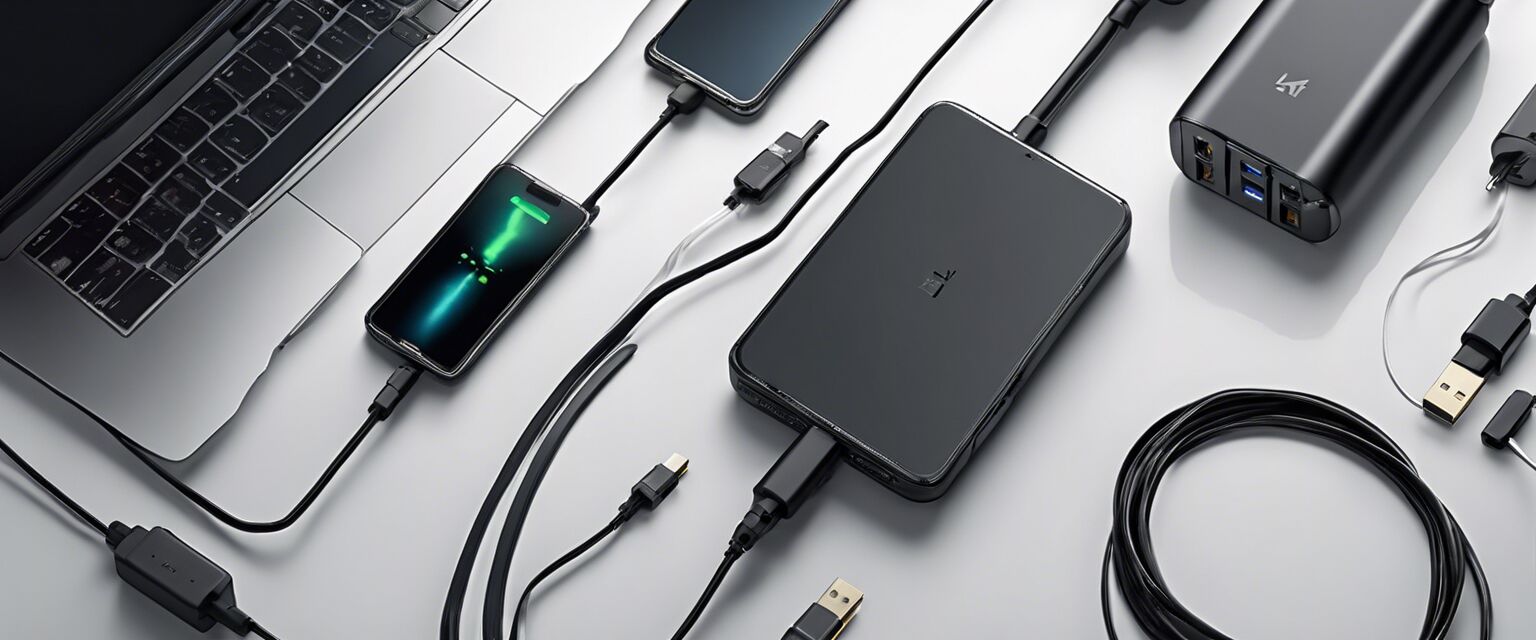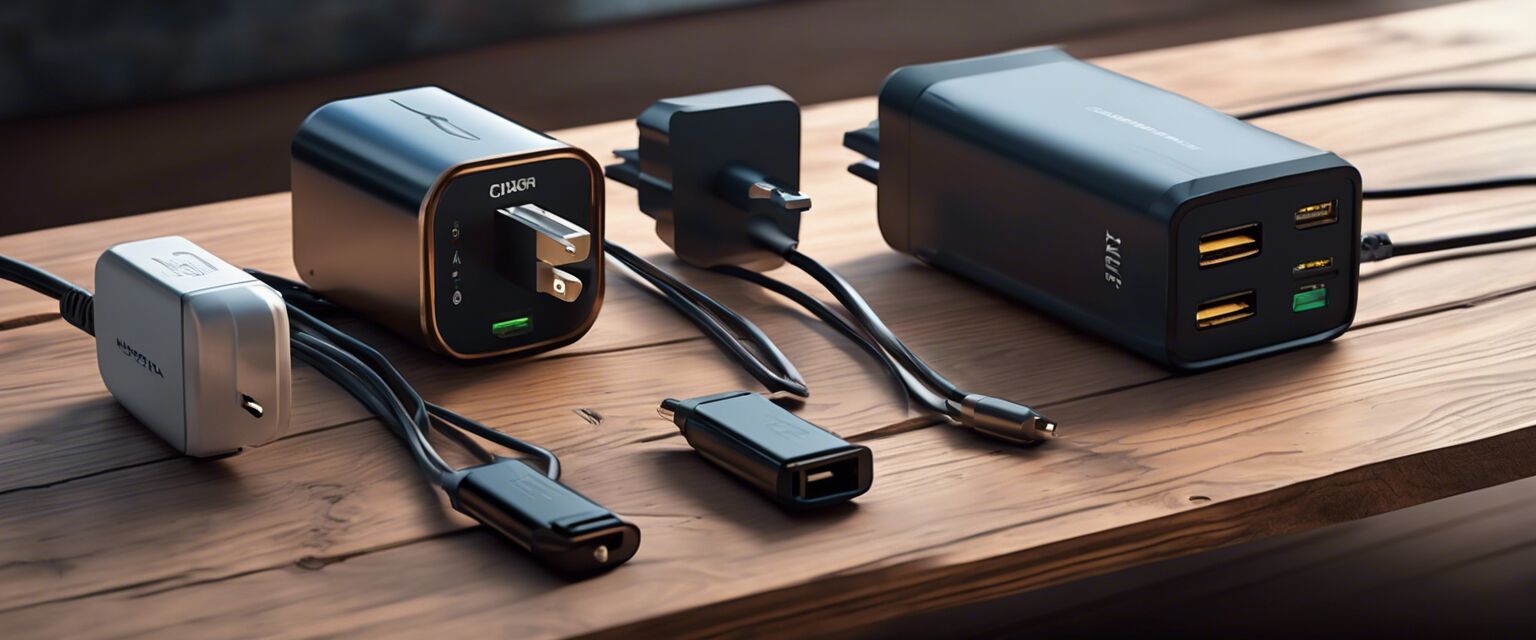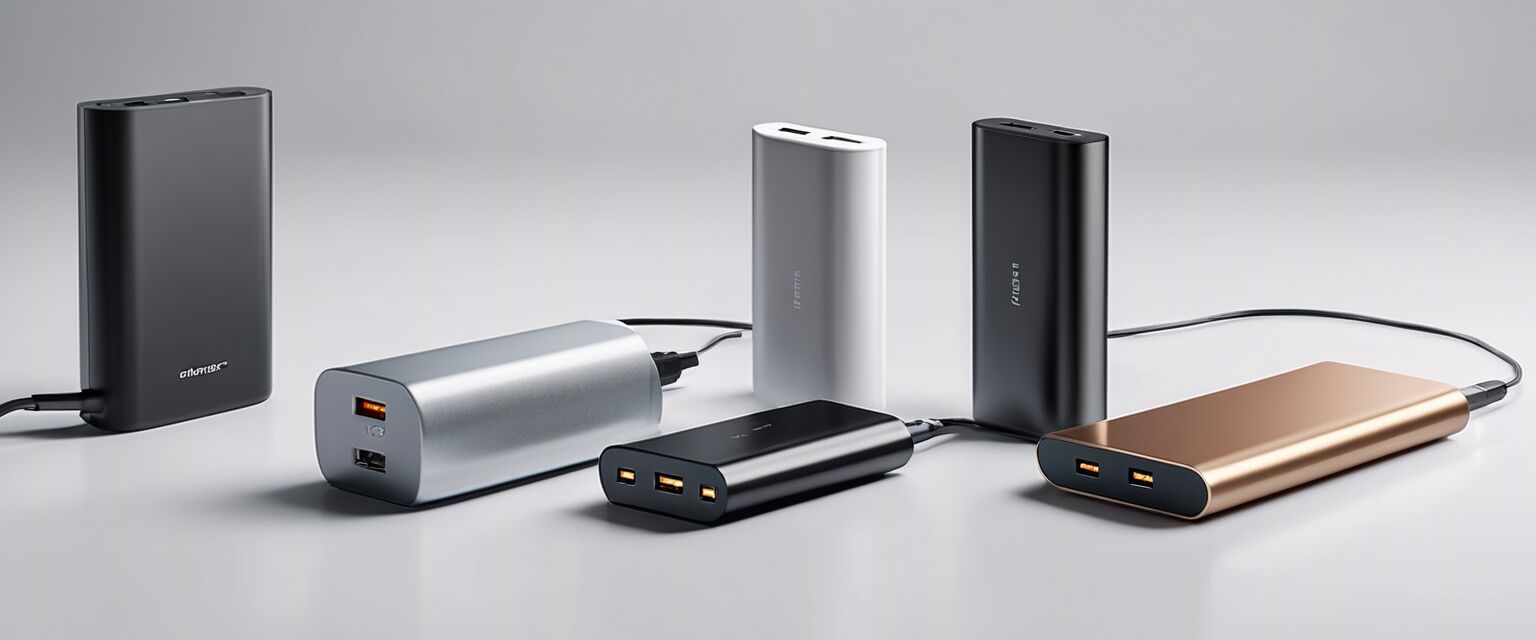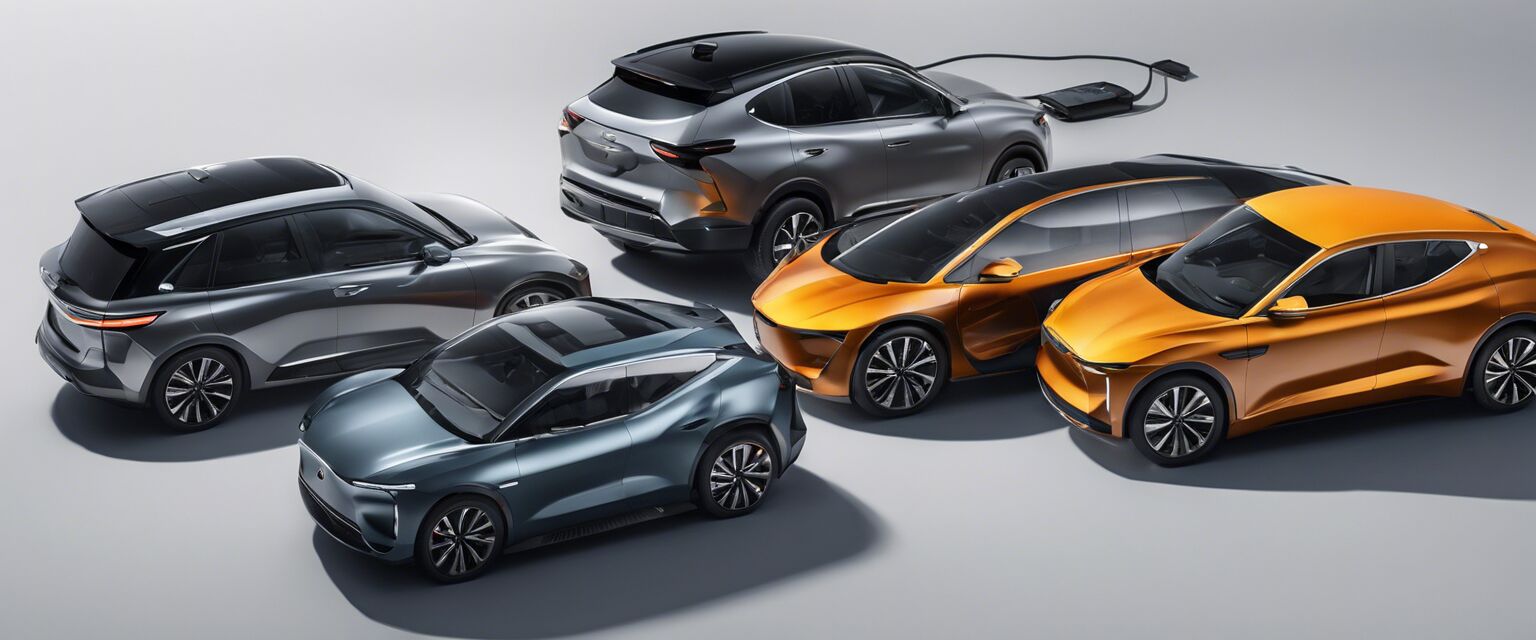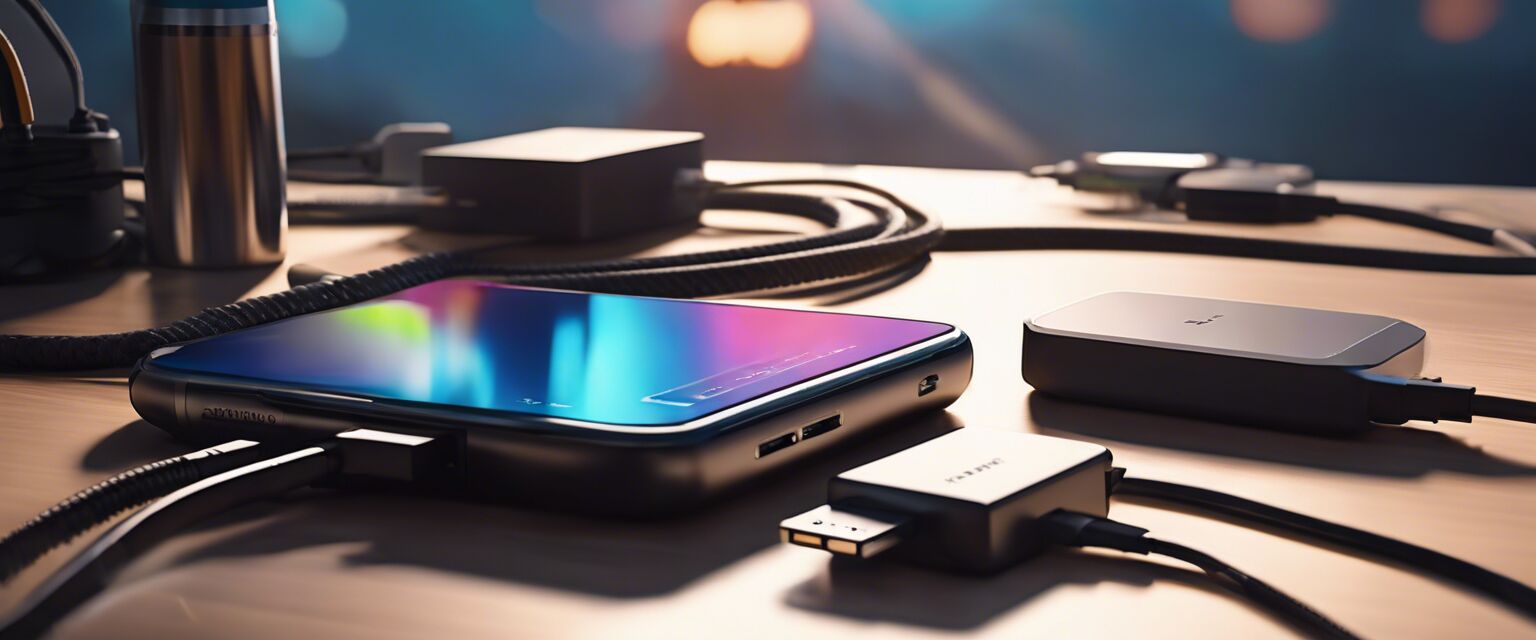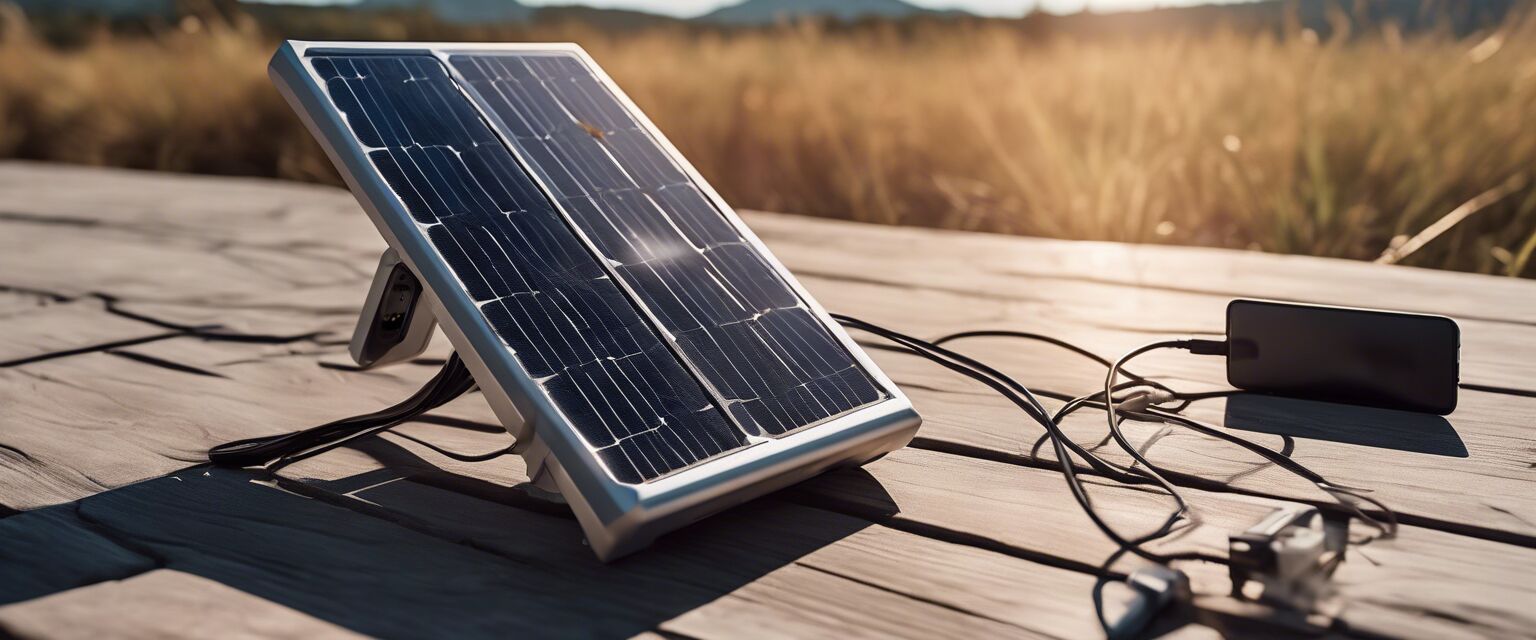
Solar-Powered Chargers
Key Takeaways
- Solar-powered chargers utilize renewable energy to power devices.
- They are efficient even in less sunny conditions, but effectiveness can vary based on the type of solar technology used.
- Perfect for outdoor activities like camping, hiking, or traveling where traditional power sources arenât available.
- Consider capacity, weight, and charging speed when selecting a solar charger.
In todayâs world, where sustainability and convenience go hand-in-hand, solar-powered chargers are becoming increasingly popular. These innovative devices allow you to charge your gadgets using renewable energy from the sun. This article provides a detailed overview of solar-powered chargers, their efficiency, features, and important factors to consider when choosing one.
What are solar-powered chargers?
Solar-powered chargers convert sunlight into electricity, using solar panels to power your devices, such as smartphones, tablets, and portable power banks. They are specifically designed to harness solar energy, making them an excellent choice for sustainable charging solutions.
How do solar-powered chargers work?
The operation of solar chargers is quite simple:
- Sunlight hits the solar panels and is converted into electrical energy.
- This energy is then stored in an internal battery or directly used to charge devices.
- Users can plug in their devices to the charger, whether it's during the day or when preserving energy at night from stored sunlight.
Types of solar-powered chargers
Solar-powered chargers can be categorized into a few different types, each serving distinct needs:
- Portable solar chargers: Compact and lightweight, designed for travel and outdoor use.
- Solar power banks: These internalize stored solar energy in a battery for later use.
- Solar chargers with built-in panels: Fixed solutions often used in solar panels for permanent installations.
Efficiency and performance factors
The efficiency of a solar-powered charger can depend on several factors:
| Factor | Description |
|---|---|
| Sunlight Exposure | Direct sunlight improves performance. Shade or cloudy conditions reduce efficiency. |
| Panel Quality | High-quality panels convert a greater percentage of sunlight into usable energy. |
| Battery Capacity | Measured in mAh, higher capacity batteries can store more solar energy for later use. |
| Output Voltage | Ensure the charger matches the voltage requirements of your device to avoid damage. |
Benefits of using solar-powered chargers
Here are some key advantages:
- Eco-friendly: Utilize renewable energy, reducing carbon footprint.
- Cost-effective: After initial investment, the operational costs are minimal.
- Convenient: Ideal for outdoor activities where traditional chargers are not accessible.
- Durable: Designed to withstand rugged environments, making them excellent for travel.
Pros
- Environmentally friendly solution for charging devices.
- Portability offers convenience for outdoor enthusiasts.
- Ability to charge multiple devices simultaneously with some models.
- Self-sufficient and does not depend on grid electricity.
Cons
- Performance can decline in cloudy or rainy weather.
- Initial cost may be higher than regular chargers.
- Charging speed may be slower compared to traditional methods.
- Requires direct sunlight for optimal performance.
Choosing the right solar charger
When looking for the perfect solar charger, consider the following:
- Capacity: Ensure it meets your energy needs, especially for device types.
- Portability: Look for lightweight options if you plan on moving around a lot.
- Durability: Select designs that are water-resistant or shockproof if used outdoors.
- Output power: Ensure it can deliver sufficient wattage for your devices.
Top features to look for in solar-powered chargers
Outlined below are essential features that enhance the functionality of solar chargers:
| Feature | Description | Importance |
|---|---|---|
| Multiple USB Ports | Allows charging of multiple devices at once. | High |
| LED Indicators | Provides information on charge status and battery level. | Medium |
| Compatibility | Works with various devices and brands. | High |
| Weather Resistance | Durability against environmental factors like rain and dust. | High |
Popular applications for solar-powered chargers
Here are some scenarios where solar-powered chargers are highly beneficial:
- Camping: Keep devices charged when away from power sources.
- Travel: Great for travelers wanting to minimize energy costs and promote green travel.
- Emergency backup: Useful during power outages or natural disasters.
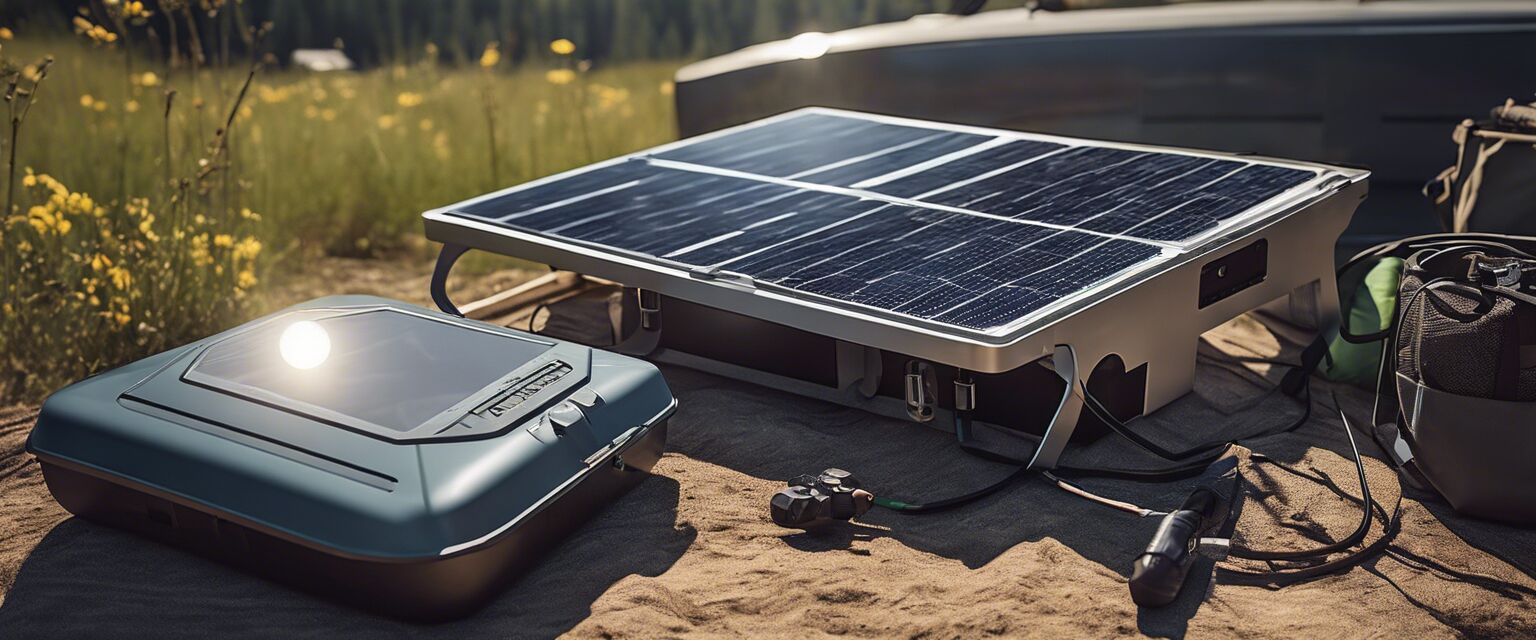
Common misconceptions
Many people hold some misconceptions about solar-powered chargers:
- Only work in direct sunlight: While they perform best under direct sunlight, they can still gather energy in cloudy conditions.
- Too slow to charge devices: Charging speed has improved with advancements in technology, and many are now quite efficient.
How to maintain your solar charger
Taking care of your solar charger can prolong its lifespan:
- Keep the solar panels clean to maximize efficiency.
- Store it in a cool, dry place away from extreme temperatures.
- Do not expose it to excessive water unless itâs rated as waterproof.
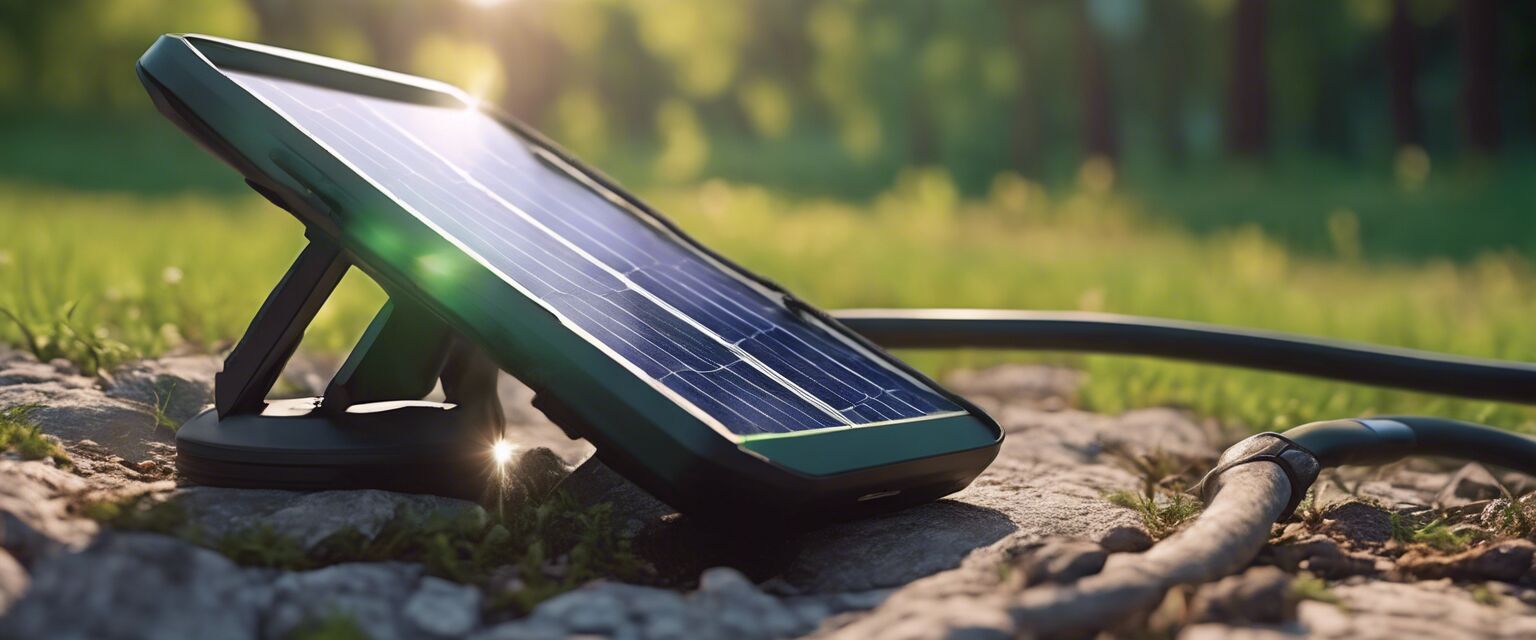
Conclusion
Solar-powered chargers are a smart and sustainable option for anyone needing to charge devices while on the go. With various options available on the market, itâs crucial to select the right one based on your specific needs. By considering factors such as efficiency, portability, and overall performance, you can make an informed decision when opting for a solar charger.
Tips for beginners
- Start with a lightweight portable model for easy travel.
- Experiment with different angles towards the sun for optimum results.
- Always read the manual for specific charging and maintenance instructions.
If you're interested in exploring more about solar-powered charges and their various applications, check out our other helpful articles on Solar Chargers or our comprehensive guide on Portable Chargers for mobile devices.
